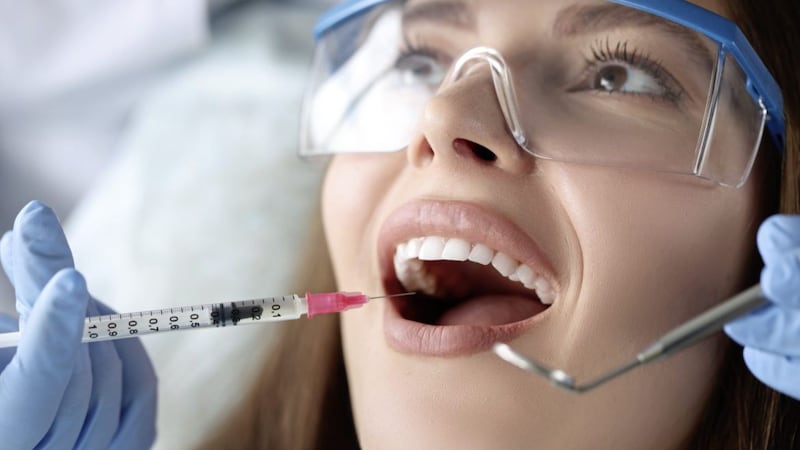IT took 24 agonising minutes for the undoubtedly stressed surgeon, James Syme, to cut out a monstrous tumour, 15 inches in circumference, from the mouth of Robert Penman, without any anaesthetic, in 1828. Penman not only survived the operation but lived well for at least the next 16 years.
It would be 56 years later that the first anaesthetics were introduced to dentistry. The American surgeon, William Halsted, injected cocaine into a patient's jaw, after gleaning the idea from observing an eye operation, and promptly removed a wisdom tooth without pain.
Unfortunately, just like Sigmund Freud, Halsted became addicted to cocaine through self-experimentation. Due to the side effects of cocaine, dental anaesthetics have evolved over the years so that dentists can offer comfortable, while at the same time safe, treatments.
Over recent years there have been breakthrough advances in local anaesthetics in dentistry which mean that in general, patients experience a deeper level of anaesthesia during their treatment, which is warmly appreciated.
Not only have the type of anaesthetics progressed, but the way that they are delivered to the patients has also improved; from anaesthetic gels that are applied to the gum to make the injection more tolerable, to better needle designs, right through to special injector devices.
These all mean that receiving a dental injection is now comparatively more comfortable for patients.
Patients sometimes say that they are allergic to local anaesthetics however true anaesthetic allergy is extremely rare and can be confirmed through allergy testing.
It's more common for patients to experience an adrenaline rush after having their teeth numbed which can be very disconcerting. Adrenaline is added to anaesthetics to prolong and deepen the level of anaesthesia experienced.
On occasion, the adrenaline from a dental injection rushes around the body and can start the heart beating like billy-o making you feel sweaty and anxious. Even though this is an unsettling feeling it passes within about 10 minutes.
This doesn't mean that you are allergic to the adrenaline in the anaesthetic, as adrenaline is a normal substance in the body. Also, just because this has happened at the dentist in the past it doesn't necessarily mean that it will happen every time. If it does happen, try to breathe through the episode until the feelings pass.








